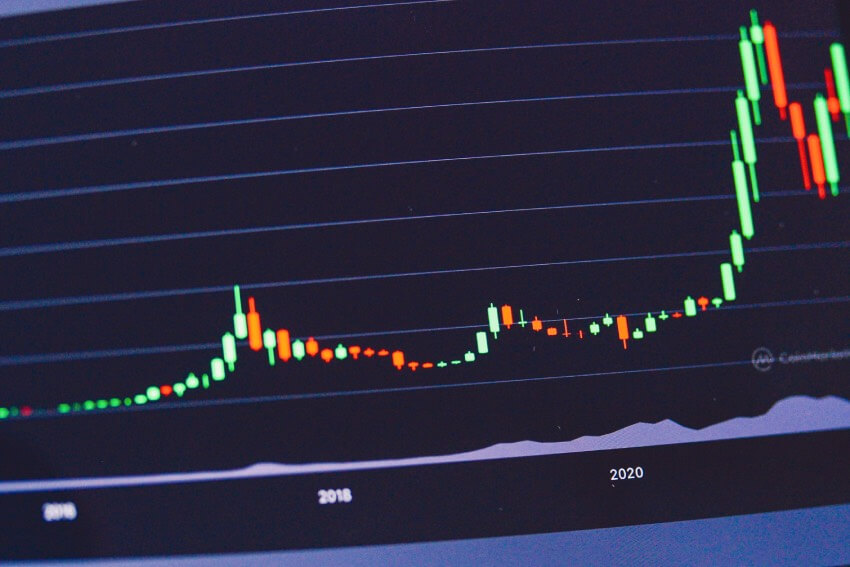Table of contents
What is Price Stickiness?
Price stickiness, also known as sticky prices, is a strategy for rapidly resisting the available market prices from shirts. Besides, such price changes occur regardless of the broad economic processes, the ones suggesting a different price is being optimal one. The crucial aspect of price stickiness is understanding the notion of “sticky.” It is a general economic term applicable to any financial variable resistant to price changes. When the concept is applied to a pricing strategy, sellers and buyers are reluctant to change prices despite the given demand and cost behaviors.

Sticky prices or price stickiness occurs when particular one-in-demand products and services are offered at a specific price, even when the demand for a product drops significantly. In some cases, price stickiness can also be regarded as nominal rigidity. In addition, sticky prices can also be presented as wage stickiness. Essentially, sticky prices are used by companies that find optimal pricing.
How is Price Stickiness Used
Economic principles dictate the demand for a particular product or service. Respectively, as the demand falls, the prices rise, and as demand increases, prices fall. As a response to the correlation, companies raise prices as demand increases. In contrast, businesses lower prices as demand decrease. In such a case, nominal prices directly depend on external and internal economic conditions.
When a good product or service represents itself as having sticky prices, the given price does not follow the economic factors mentioned above. The offered price remains unchanged in price stickiness, regardless of potentially lower demand or any given chances in costs of inputs. Such a condition occurs when companies are unwilling or merely cannot change the prices based on the factors directly or indirectly correlated to a particular product or service. Price stickiness and sticky prices can be common in heavily regulated industries. Namely, because there are long-term contract available or the market have a strong presence of substitutes.
The approach can be used when there are conditions for price rise or reduction. Importantly, the price is called a sticky down when there is an environment in which one can witness a failure of a price to go down. In such a case, price stickiness can be used in a heavily regulated market, in which prices do not necessarily depend on broader economic factors. Sticky prices can be used to correlate nominal wages and nominal prices. As a result, price stickiness is manipulated by changing prices following the company’s vision of how the market will change. The businesses explore the degree of availability of substitutes and the ongoing pricing strategies dominating the market.
Price Stickiness Triggers
Several key triggers are standing behind price stickiness. Essentially, those are different economic forces that make sticky prices happen in the first place.
First and foremost, there are the costs to update pricing. They include all the changes to existing marketing materials that must be adopted when prices change. This factor is also known as menu cost. In addition, the trigger varies broadly from region to region. Besides, there is an alteration from industry to industry. The trigger exists because of the local regulations, which require a particular price tag for products and services, thus boosting menu costs in general.
As a trigger for price stickiness, the influence of menu costs directly depends on its potency. Respectively, high menu costs indicate that prices cannot be updated until companies have to do that. Yet, when input costs drop, which leads to a decrease in menu costs, the marketers often tend to accept the extra margin until competition makes them abandon the idea.
Secondly, the further trigger of price stickiness correlates to its attribute toward imperfect information in the markets. It is driven by irrational decision-making of people running the companies. Some companies try to keep special prices constant as a part of their business strategy. Such a method can also be sustained even if the cost of materials and labor does not support the notion. In other words, imperfect market information fuels price stickiness simply because of the human factor. When people running the businesses and determining pricing strategies do not have adequate market information, they can make decisions toward sticky prices even though such an approach does not prove sustainable in terms of the cost of materials and labor.
Third, one of the triggers of price stickiness correlates to volatility in the inflation rate. It can be either inflation, wage push inflation, and temporary inflation. In general, inflation is a powerful trigger that drives several economic factors. Importantly, correlating to the trigger wages is a good example of price stickiness. Wages tend to go upward with the rate of inflation. A consumer is getting used to earning a particular wage, and one is not willing to accept a pay cut. Only dramatic events can change one’s mind and negotiate the approach. Essentially, with the example of a consumer, a similar logic is linked to price stickiness and its application in broader market conditions.
Why does Price Stickiness Matter?
From a distinct economic perspective, price stickiness shows the significant ineffectiveness within markets. There is a particular equilibrium correlating to the change in supply and demand. In other words, some concepts proved to apply to every given market, region, or industry. In such a case, rules of supply and demand are among them.
In turn, price stickiness suggests that such rules are not obligatory for application. Experts indicate that the notion of sticky prices is one of the most significant and unresolved issues in macroeconomics. Essentially, reducing price stickiness can benefit businesses and consumers. Such a condition happens when the supply and demand rules are not elastic. Understanding the price stickiness correlates to being a crucial component of offering effective marketing strategies and further making pricing decisions.
Keeping all the factors in mind, the phenomenon matters because it can help companies reduce prices when rules of supply and demand appear not to be substantial. Besides, companies can use the strategy to propagate particular marketing approaches. In other words, even if the rules of supply and demand do not suggest changing price to be a proper strategy based on material and labor costs, companies can change the price to support their current marketing method.
Conclusion
All in all, price stickiness is both an issue for macroeconomics and a concept that can be beneficial for companies that want to avoid the rules of supply and demand. The phenomenon suggests that price stickiness emerges because of the menu costs, inflation rate, and inadequate information received by the company’s executives. Keeping all the factors in mind, sticky price is an ambiguous phenomenon that can be applied depending on the market conditions and the company’s objectives.
FAQ
Find answers to some of the most common questions people have regarding the use of Competera.
What Is Price Stickiness?
Price stickiness is the pricing strategy that refers to a situation where something does not change regardless of the external factors potentially impacting the pricing approach.
How is Price Stickiness used in retail?
When applied to prices in retail, price stickiness can be used when sellers of certain goods are reluctant to change the price regardless of what the external factors dictate. The method is often correlated to the luxury retail industry.








